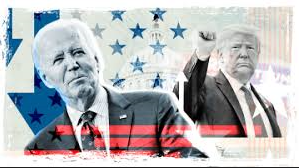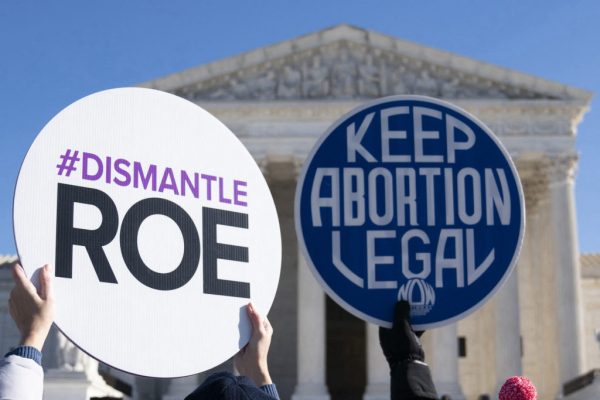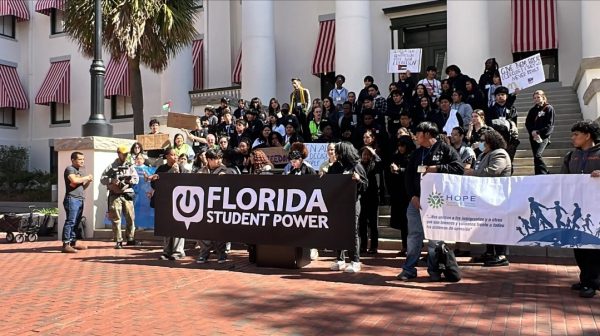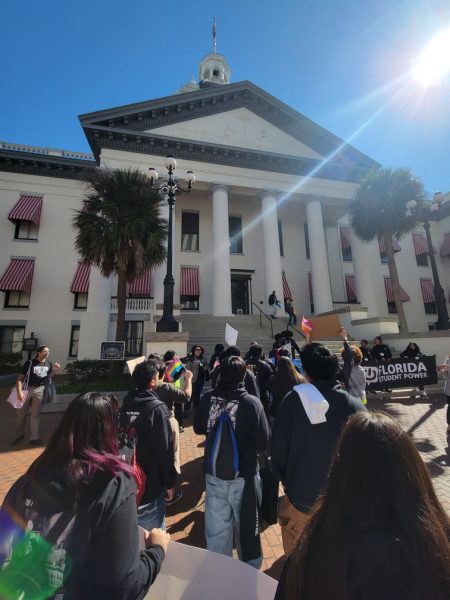Social Media and the Capitol Riots
On the sixth of January, there was a frightening display in our nation’s capital. Rioters bearing Confederate flags, Nazi emblems and Trump paraphernalia stormed the Capitol Building in an effort to stop Congress from certifying the results of the 2020 Presidential Election. How was such a hateful group inspired to take part in this attempted coup? The answer (as well as the blame) lies in extremist news pages and conspiracy theory websites, particularly QAnon and Parler.
Followers of QAnon source their information from an anonymous web poster that goes by the name of Q, hence the name QAnon. According to Reuters, the conspiracy theory revolves around the idea that President Trump is “secretly fighting a cabal of child-sex predators,” a group that consists of “prominent Democrats, Hollywood elites and ‘deep state’ allies.” Q claims to have insider knowledge of the Trump administration, which is their reason for spreading their beliefs.
The President has been asked to disavow QAnon in the past, but after having it described to him, he instead claimed to “know nothing about QAnon” and disregarded the question. In subsequent interviews, he has stated that followers of the QAnon conspiracy theory “like me very much” and are “people that love our country.”
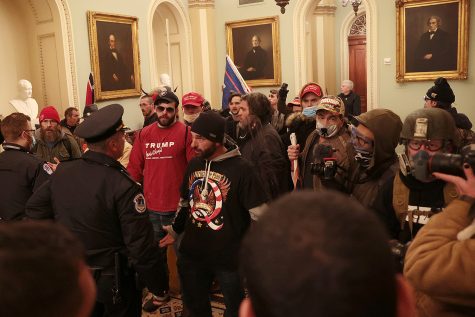
In 2019, the FBI identified QAnon as a potential domestic terrorism threat. Now, in 2021, QAnon supporters rallied alongside those who waved Confederate flags and sported Nazi imagery at the United States’ Capitol Building. They stormed the building, in a hope to somehow alter the results and “Stop the Steal” of the 2020 Presidential Election. A man who wore furs and face-paint that dubbed himself the “QAnon Shaman” waved the American flag, a symbol that was once meant to represent democracy, as he proceeded into the Capitol Building to put a stop to that very thing.
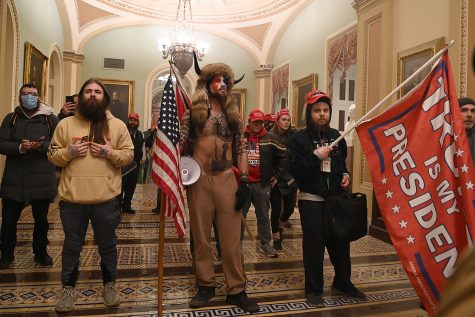
The Blue and White spoke to several members of the Apopka High School community in order to get more perspective on the topic of social media’s impact on extremism and what took place at the Capitol Building earlier this month. Senior Madisyn Mcdonald feels that social media “allows for the easier spread of misinformation and conspiracy theories that may not be true and push a false narrative that supports violent or irrational agendas. Willful or unintentional ignorance combined with mass persuasion through social media platforms do plant large roots in the reasons why the riot at the capitol building was so large.” Mr. Blevins, our local AP Capstone teacher, believes that “social media and conspiracy theorists had an enormous role in the events of January sixth,” which is largely due to the idea that “people have turned away from conventional, traditionally objective sources (newspaper, vetted news gathering organizations and outlets) of informing themselves, and in many cases, eschewed the civic responsibility altogether.” One such alternative, unconventional source of news and information is (or was) Parler.
A social media platform that operated similarly to Twitter, Parler was designed by John Matze and Jared Thomson. The conservative duo of programmers set out to create a platform for free speech. Naturally, with the more mainstream sites like Facebook and Twitter cracking down on the spread of falsehoods and misinformation during/after the 2020 Presidential Election, Parler saw a recent influx of users. With little-to-no censorship and a user population consisting of people with opinions deemed too extreme or radical for other platforms, Parler became the perfect breeding ground for the sort of thoughts and ideas that would incite the riots at the U.S. Capitol Building.
Following that attempted coup earlier this month, companies that hosted Parler began to crack down on the right-wing social media app. Google removed it from their Play Store, Amazon cut them off from their web hosting service and even Apple removed Parler from the App Store after they refused to moderate posts that have the potential to cause violence.
On the topic of the app’s removal, Mr. Blevins offered up an analogy. “It could be contended that it is not in the general interest to have explicit instructions for the construction of an atomic bomb readily available on the internet. Can I follow this line of logic to a website that may have contributed to the dissemination of hack conspiracy theories that may have contributed to January 6?” Mrs. Brown, one of Apopka’s English and Debate teachers, also expressed some feelings of doubt, saying “I don’t know if the issue will be resolved this way, because we already see a growing anger from those who think that there is a war on conservatives. But they have to start somewhere, and some of the vile threats on Parler must be flagged and reported. Strategically, I am just not sure.”
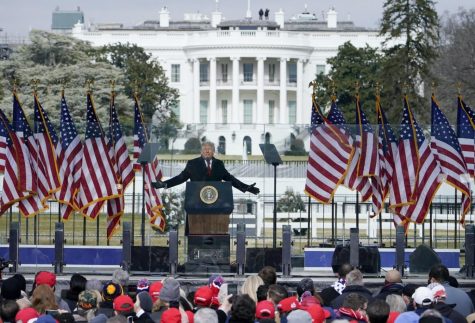
In an article discussing the ways in which social media caused the events that unfurled at the Capitol Building, it would not be right to ignore the actions and words of the President himself. On the sixth of January, Congress was meant to gather in order to certify the results of the 2020 Presidential Election. Convinced that the election was stolen from him, President Trump called on his supporters to gather at the U.S. Capitol so that they could “stop the steal.” An hour before any of his supporters entered the Capitol Building, Trump can be seen on video saying to them “If you don’t fight like hell you’re not going to have a country anymore.”
As a result of that and other quotes like it, there are a great many who believe that the President was responsible for inciting the violence that would occur later that day. Mrs. Brown concurred, saying that “the continual ‘we really won by a landslide’ and ‘the election was stolen’ helped radicalize people. Had he not said those things, and just moved forward, I don’t think the insurrection would have happened.”
No matter what you might choose to believe, the President’s words are what led to his banning from all of the major social media platforms. While she believes that the ban is “better late than never” and will slow the adding of “fuel to the fire,” Madisyn believes that it won’t silence the voices of his radical supporters. However, Mrs. Brown feels that it is important that Trump’s expulsion from social media is “seen as a crackdown on violence and threats–not as a crackdown on traditional conservatism. We need a marketplace of ideas to keep the fringe movements from becoming echo chambers that grow more violent by the day.”
Politics are always a touchy subject, but that doesn’t mean that it should always be avoided. When people aren’t informed, they are more prone to being taken advantage of. It is perhaps more important to choose to gather information from sources that are as unbiased as possible. If there is no other takeaway from this article, the main one should be about the importance of avoiding heavily-biased sites, especially ones that spout extremist beliefs. Stay informed and stay safe, there’s a long year ahead of us.



